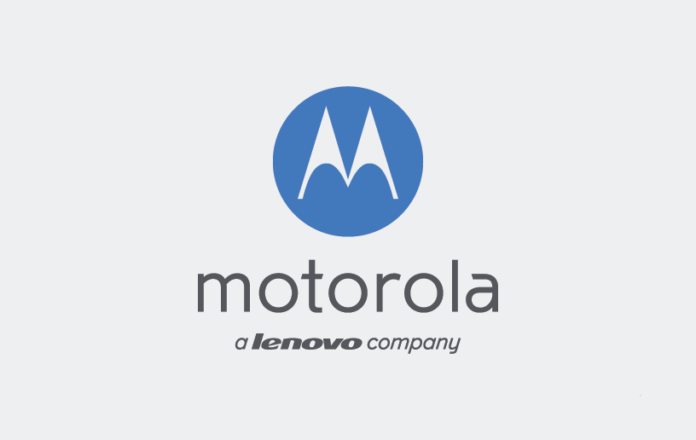Motorola, once a telecom giant, nearly collapsed in 2011 — instead, it split into Motorola Solutions and Motorola Mobility
The Motorola story is one we can all learn from. It has had its highs and lows, and once again, it is reinventing itself. That calls for congratulations to President Sergio Buniac and the entire organization. I like what it is doing today. That being said, the world ahead looks very different thanks to AI. So, what is Motorola Mobility’s AI growth strategy going forward?
The history is fascinating on its own. Today, Motorola is owned by Lenovo. It was a leading company in the wireless space for decades but then fell off the fast track in the late 1990s when the industry switched from analog to digital. After the split, Motorola Mobility has been working hard to recover and rebuild.
Let’s take a closer look at this story of resilience and reinvention, how the company continues to defy the odds today, and what we know today about its AI strategy moving forward.
Motorola as example of good and bad
As an advisor to companies for decades, I often use Motorola as an example of things to do and things not to do. I believe it is important to fully understand and learn from what went right and wrong with this company and it handles what’s coming next. After being a wireless leader through the 1980s and 1990s, Motorola lost its way.
However, while other competitors who also once led, then changed or disappeared, Moto is still here. What gives them this staying power and what’s next. Wireless has been with us as an industry for roughly 50 years. It has updated itself, innovated, and changed directions many different times.
In fact, every change point creates the next generation of the wireless industry and new leaders. After the iPhone and Android entered the scene, many other handset makers were in a competitive battle for years.
Ultimately, two main categories were formed with: Apple app store and Android app store. Samsung Galaxy uses Android apps. So do Motorola Mobility phones.
AI is quickly moving into and transforming wireless
Next, Artificial Intelligence is moving in and will likely lead the next generation of wireless transformation. So, the next question is obvious. Will existing leaders like iPhone and Android, or networks like AT&T, T-Mobile and Verizon stay there, or will new or smaller players catch up?
Over time, powerful rivals like the Apple iPhone and handset makers like Samsung, who use the Google Android platform, are leading the charge into the next generation of wireless. After the initial battle quieted down, AI could reignite the battle once again.
Motorola executives were warned, but did not pay attention
I met with Motorola senior level executives when they were at the top of their game in the 1990s. I both congratulated them for their continued success but issued a warning that the wireless industry was about to experience significant change and transformation, and they had better prepare.
They ignored my warning.
They were on top of the analog world and thought they were invincible. Their StarTac handheld, which many compared to the communicator of Star Trek, was King of the wireless universe.
What happened next spelled the end for Motorola as a leader in the space. The industry quickly shifted from analog to digital. Motorola missed this shift. Their arrogance convinced them the industry would not or could not change without them.
Years later, Motorola launched the Razr, which was popular for several years, but then faded away as well.
Innovation and arrogance
Could this next move to AI translate to success and growth for Motorola Mobility?
It all comes down to innovation and arrogance. Innovation transforms customer and investor expectations. Arrogance is like a racehorse wearing blinders. Business customers and consumers love the digital world and the new services at their disposal.
The right leadership, at the right time
That was the initial problem Moto faced. Just like T-Mobile struggled for survival until it found the right CEO, Motorola struggled and changed, and then it found the right one as well.
Greg Brown is Chairman and CEO of Motorola Solutions since 2011. I believe he is doing a good job of reinventing that side of the business. Total shareholder return is more than 800%. Very impressive.
Sergio Buniac is the president of Motorola Mobility, which is the company’s smartphone busines and was acquired by Lenovo in 2014. Buniac is also a Lenovo executive.
That means Motorola Mobility of today is a completely different company compared to the past. It’s part of Lenovo and has been for a decade.
During these lean years of transformation, Motorola lost its arrogant attitude along with everything else that threw the company off course. Today, Motorola is positioned as a smaller competitor that has to fight every day. It is finally on the right track — at least for now.
Because Motorola is owned by Lenovo and is run by different executives, it has a new lease on life. That can-do attitude is why this company is still here and competing.
Does Motorola Mobility have an AI growth plan?
The next big change wave in wireless is AI, which, like the iPhone and Android, has the power to potentially reshape the entire wireless marketplace.
So, could AI give Moto a new chance for growth? Perhaps. It will transform every company in every industry. We have not heard enough about their AI strategy and how it compares and contrasts with their competition. Will Moto lead or follow?
It must remain visible and explain to consumers, business customers, investors, workers and the media, what is their next few steps, so everyone is comfortable. No one really understands what the distant future will look like yet.

